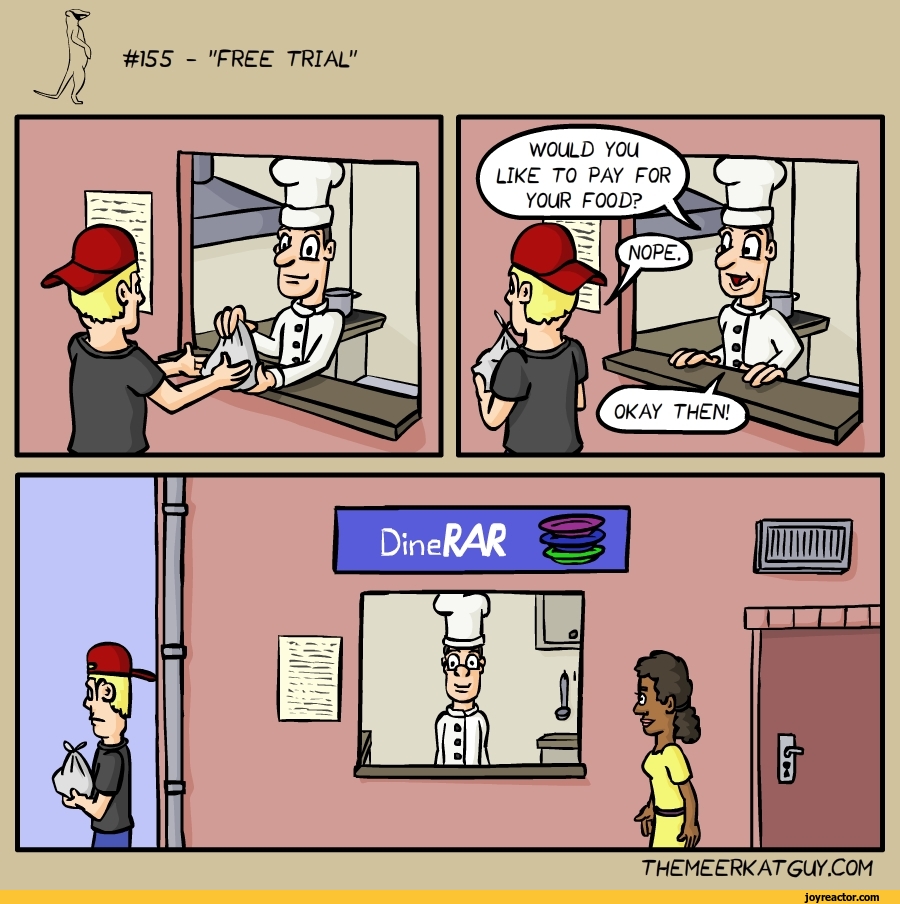

Over the last three decades, the rate of childhood obesity has tripled, with 17.0% of children aged 2 to 19 years now considered obese. Secondary measures comprise dietary knowledge, preferences, and intake and anthropometric measures (for child) and feeding practices and home food environment (for parent).Ĭhildhood obesity continues to be a serious clinical and public health issue in the United States. Primary measures comprise usage, usability, and feasibility of the Web-based tool. Data were collected at 4 time points: baseline (T1), intervention midpoint (T2), intervention endpoint (T3), and 3 months postintervention (T4). Child-parent dyads were randomized to either the experimental or comparison group and assigned to a targeted behavior (increase fruit/vegetable or water intake) based on initial screening questions. The tool was evaluated using a pilot, single-blind, 2-group randomized controlled study design. The parental component consists of 6 Web-based newsletters, access to the child comic, and weekly text/email messages and reminders. The child component consists of a 6-chapter interactive nutrition comic optimized for use on tablet devices, a goal-setting and self-assessment feature, and weekly text/email messages and reminders.

Intervention INC is underpinned by the narrative transportation theory, social cognitive theory, and health belief model, and it was co-developed by children and parents from the intended population.


 0 kommentar(er)
0 kommentar(er)
